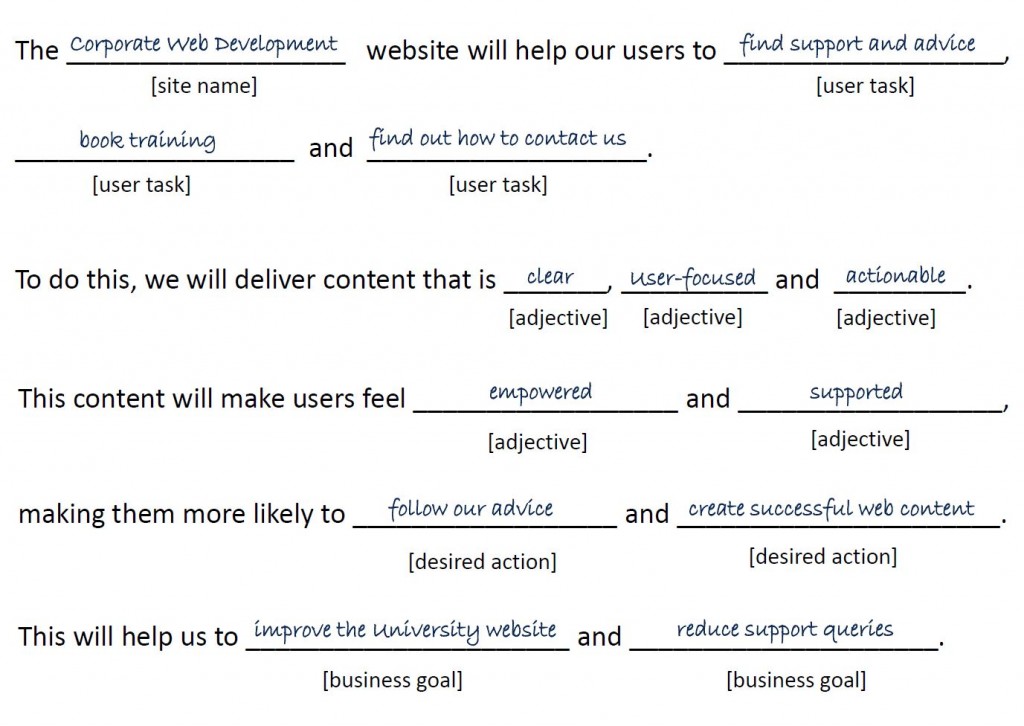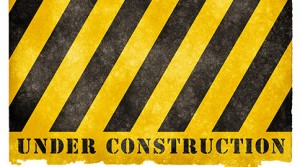How many of you have linked to a webpage or document using the phrase ‘click here’? We’ve got about 830 instances across the University site. We know where they are.
Why is it so bad to use ‘click here’ as a link?
You might argue that it’s a strong call to action. You know exactly what’s expected of you when you see one. See our related blog post: 5 Ways to Improve your Calls to Action.
I think the negatives of using click here outweigh the positives. These are our top reasons for not using click here as link text.
We aren’t all using a mouse
Click here isn’t true anymore. Your user could be tapping, touching, swiping, tabbing or speaking to activate the link.
Also, most people using a mouse know that you have to click to do something: don’t be Captain Obvious.
Accessibility
Users of screen readers will often get a summary list of hyperlinks to select from. This is to help them decide where to jump to within a site.
Imagine how unhelpful it is to hear ‘click here, click here, click here, click here’ as your options.
Unless the user decides to read the whole page – they won’t get the context.
Search engine optimisation
We always get asked about getting to the top of the search results. The hyperlinks you use can help you achieve this.
Let me ask you then, how many times have you searched for pages that say ‘click here’? Google serves up around 2.4 billion search results for it.
You will never be number one for this term. You would never want to be number one for this term. So don’t use it for links within your site.
Instead, make sure you use strong, descriptive terms to link your content. How do you want people to find you? What words will they use?
Bad example: Click here to find out more about our English Language degrees.
Good example: Find out about studying our English Language degrees.
Get rid of click here using Siteimprove
Many of you use Siteimprove to keep on top of broken links and misspellings. But did you know that it also has a policy feature that allows you to target unwanted content?
We have a click here policy set up to show where it’s used in your website. We know that there are 830 instances of click here across the University’s website.
Let’s aim for zero! *
* Siteimprove have been known to reward sites that achieve zero broken links/misspellings/policy scores with doughnuts.
Read our blog post on the Siteimprove policy feature.
Why not get access to Siteimprove (University Login required) so you can start fixing your content now?






